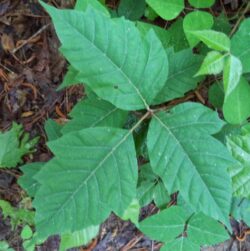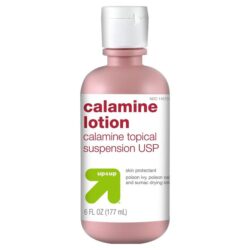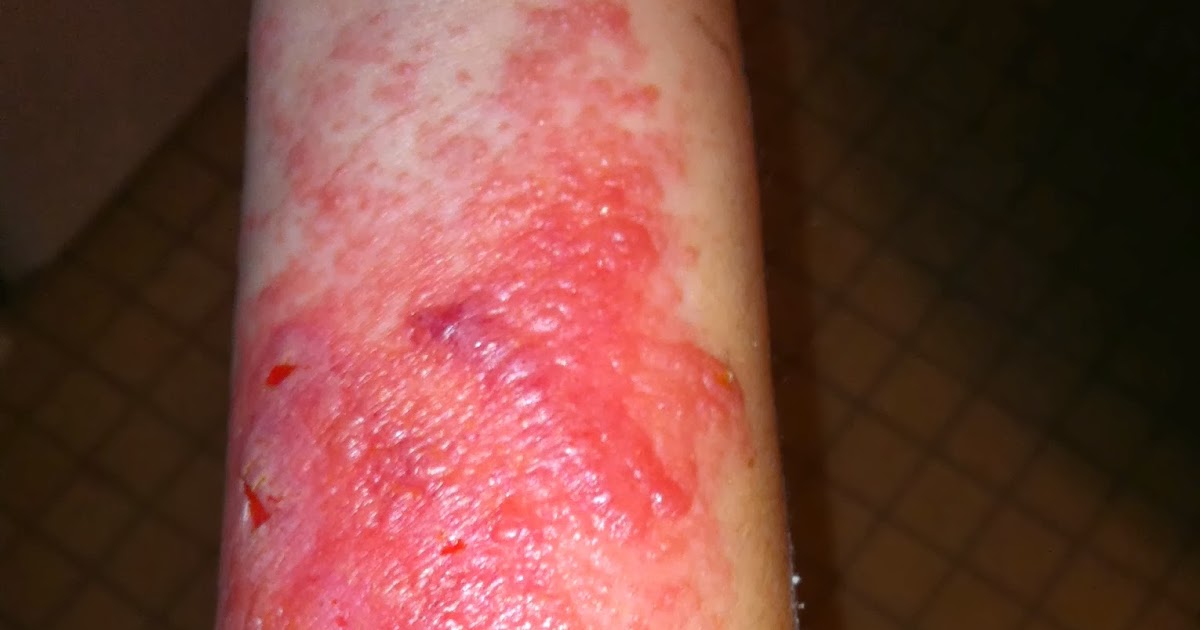Life can be an ITCH! Humans can get affected by many insects, bugs, snakes, nettles, and other encounters that make us ITCH.
Poison Ivy is a huge contributor to what makes Montanan’s itch. Surprisingly, Poison Ivy is not what makes you itch. Our body reacts to the chemical in Poison Ivy. The chemical in Poison Ivy is called Urushiol. This oily substance is found throughout the plant and tricks our body into attacking itself. This “cell-mediated immune response”. Urushiol binds to the proteins of skin membranes and blocks communication between the cells and the rest of our body. Our immune system identifies these infected cells as foreign invaders and tries to destroy them. The itching and burning rash are a result of the immune systems battleplan.
Don’t be-leaf all the things that you hear about Poison Ivy.
“The rash can be spread by touching the blisters, pus, and affected areas.” It turns out that urushiol is not found in the body’s immune response areas. There could still be urushiol on clothing or around the area that was exposed. Normally the areas have been washed off.The rash, blistered, and pus areas will not spread the rash. Over scratching or poking at these areas will only cause infections and slow healing.
“If you eat Poison Ivy you will become immune to it” Consuming his plant will distribute the Urushiol throughout your digestive system. Your throat and mouth will develop blisters and a rash. NEVER eat this plant!
“Poison Ivy is spread through the blood stream.” Once exposed to the poison ivy plant and oils, it will take 12-48 hours for the rash to develop. Not all body areas respond the same way. Clothing and unwashed surfaces can re-expose the oils to other items and people.
“If you have handled Poison Ivy without getting a rash, you are immune.” Studies show that 10-15% of humans are naturally immune, but they can develop rashes later in life. Everyone can get the rash at some point. Other variables like which part of the plant, body, how much oil, and length of exposure are also factors.
If you get the poison ivy rash, you have lost the battle. Now all you can do is wash the area with soap and water. The rash may not show up for a couple weeks. A cold compress will help. Aloe Vera can reduce inflammation and prevent bacterial infections.
You’re gonna need an ocean of Calamine lotion!” This pink, pasty lotion will help to dry out the rash areas. Try not to scratch, which will only cause the reaction to spread. Steroid creams can also be prescribed by a doctor. It will take a week or more to reduce the rash, blisters, and pus.
Go to the emergency room or Urgent Care if the rash is around your eyes or in your respiratory / throat areas. Nausea and fainting are symptoms that you can’t ignore. Taking a antihistamine will only help to control the itching and not the rash.
Avoid and Poison Ivy encounters by knowing what the plant looks like. Long clothing and socks will keep the oils off your skin. Wash these areas and clothing with Dawn dish soap. Flushing exposed areas with water is helpful. Clean and rinse walking sticks and any areas that may have been exposed. Unwashed clothing and boots that have dried urushiol oil on them can re-infect up to 5 years later.
Another odd characteristic of urushiol poison ivy oil, is that many animals like elk, deer, and antelope can feast on these plants without any health issues. If they were bedded and exposed to poison ivy on their fur or hair, humans can become exposed when handling them.
Avoid the rash and itch!
Montana Grant



